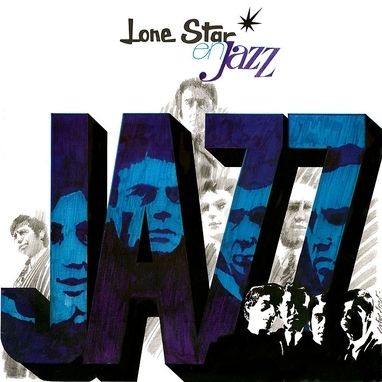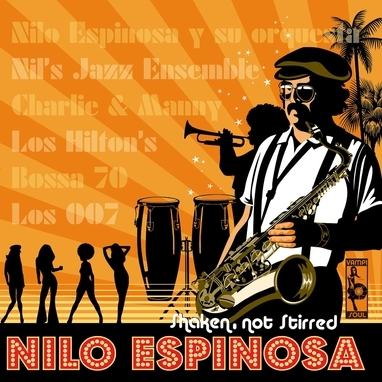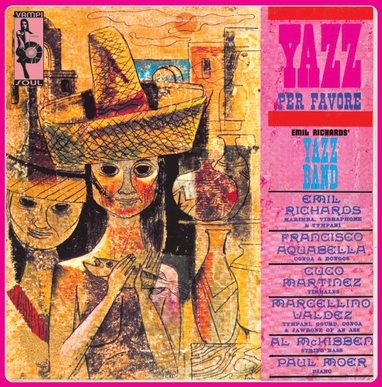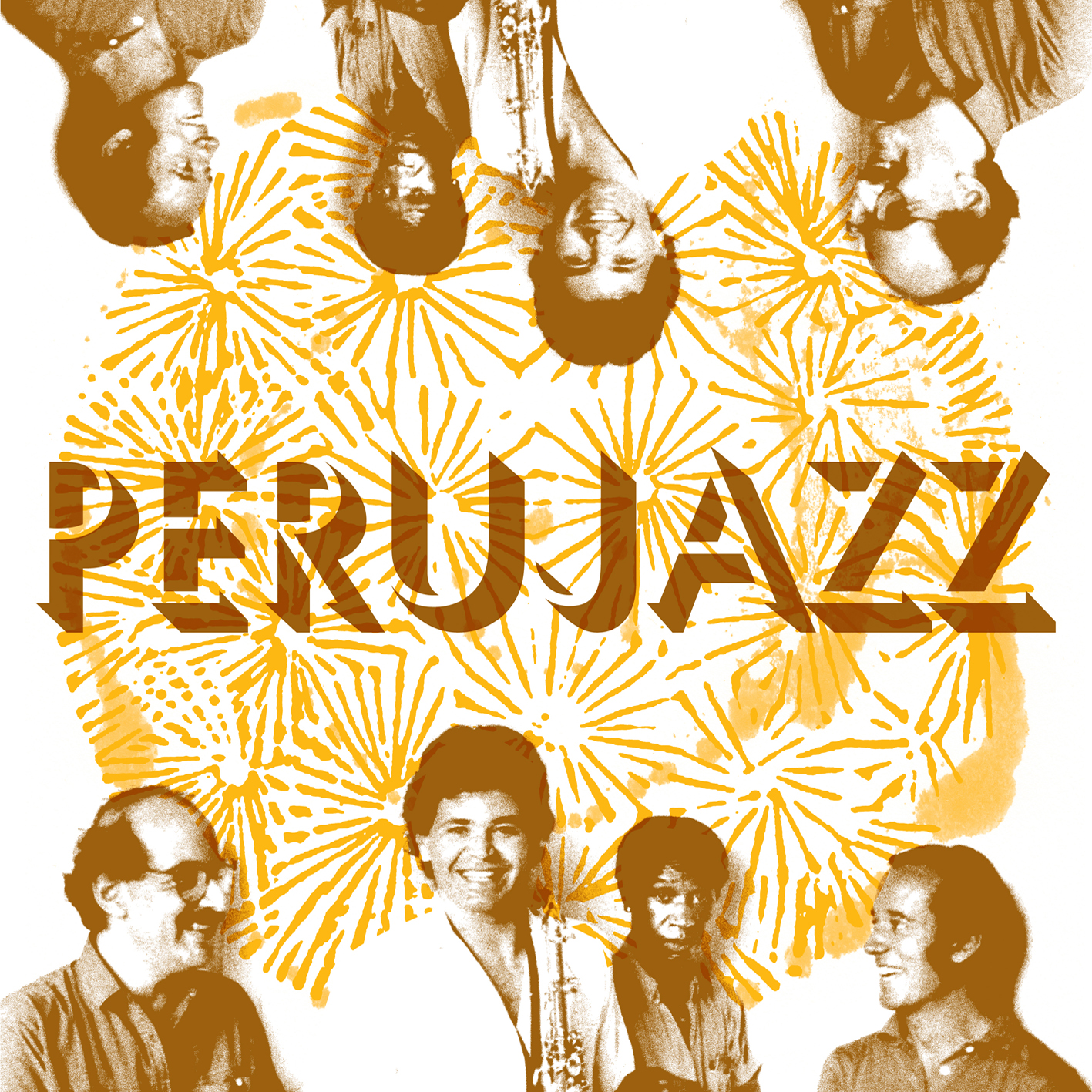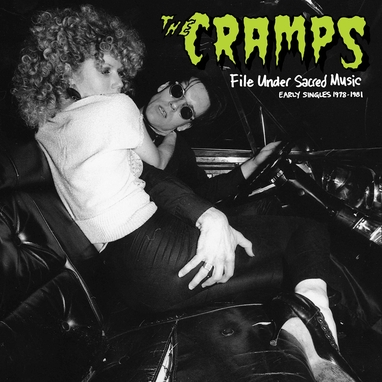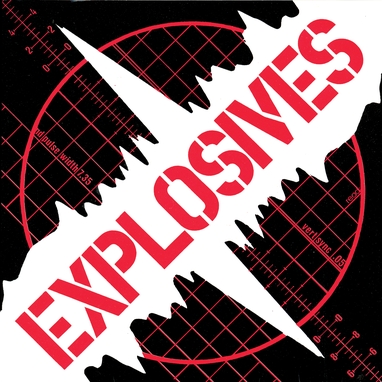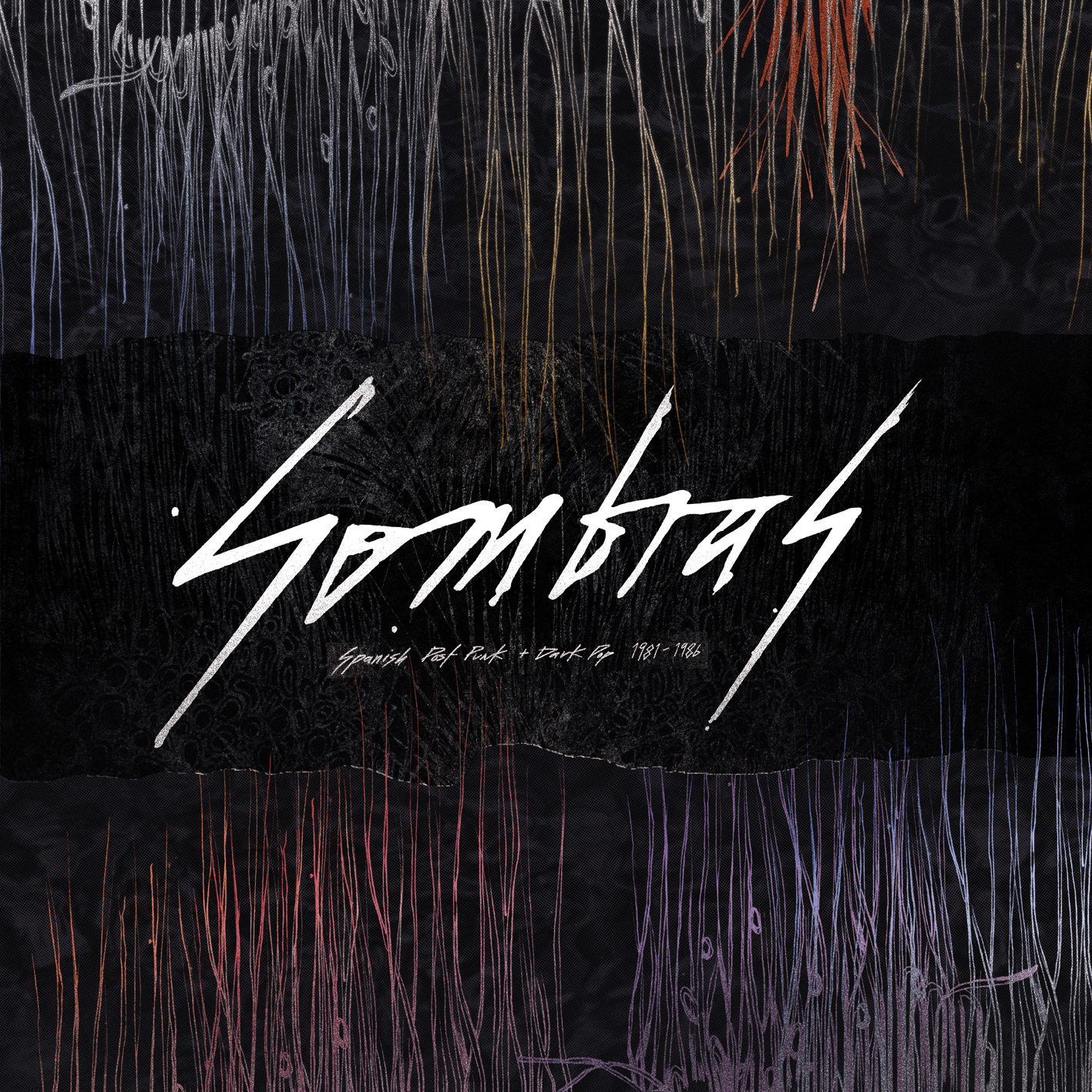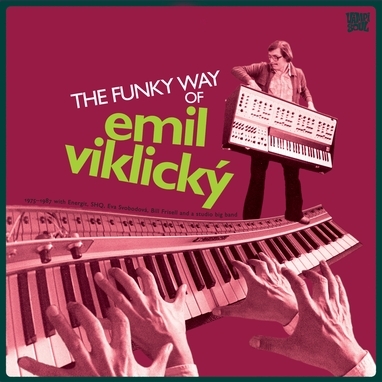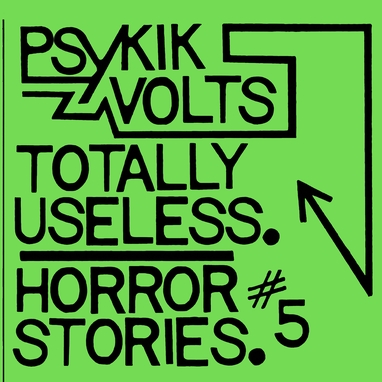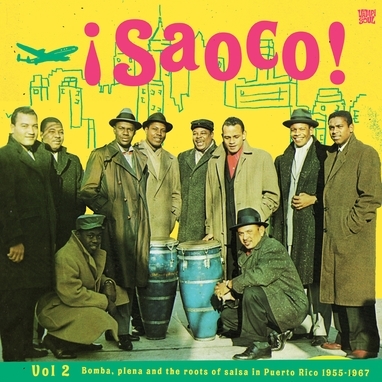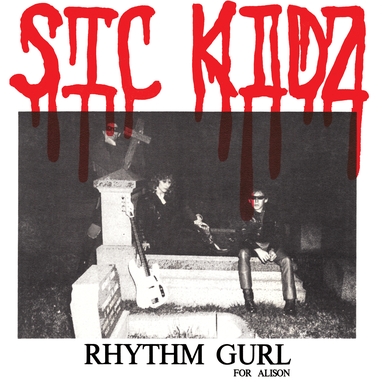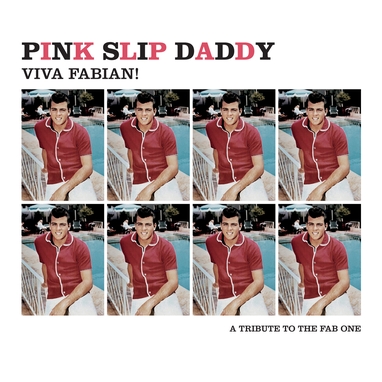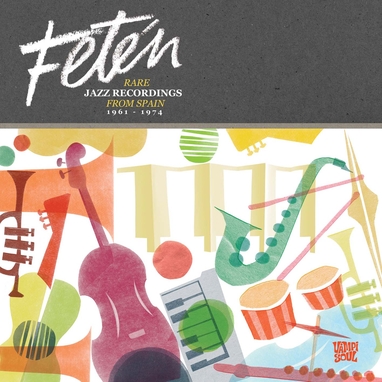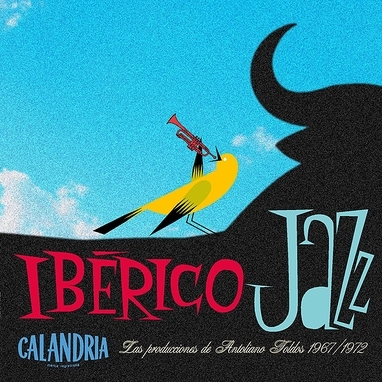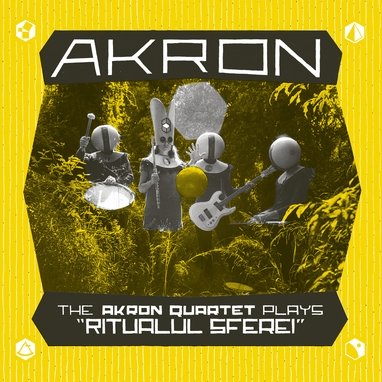Lone Star
En jazz
18,00€
Vinilísssimo
Lone Star
En jazz
The first and only jazz album by a Spanish 60s pop/rock band. The work of four outstanding musicians who brought their own personal take on jazz to create a unique record in Spanish music history. Reissued on vinyl for the first time. 180 gram vinyl. Limited edition of 500. Insert with liner notes in Spanish and English.
“En jazz” (1968) is the most atypical LP by any Spanish 60s band. Transformed into a vigorous jazz quartet (vibraphone, piano, double bass and drums), Lone Star plays standards, Mozart and Spanish composer Pau Casals. There’s also rhythm & blues: Pedro Gené sings to Ray Charles in ‘I Believe To My Soul’. Formed in Barcelona around 1960, Lone Star broke the mold of contemporary Spanish bands. Like all the groups signed by the EMI subsidiary Hispavox, they had to record covers of foreign hits, specializing in The Animals (‘La casa del sol naciente’ (‘The House Of The Rising Sun’), ‘Comprensión’ (‘Don’t Let Me Be Misunderstood’)). However, they obtained enough recognition to be able to record their own material, achieving a huge impact in 1968 with ‘Mi calle’, an outstanding song that reflects working-class frustration in Spain under Franco. That same year, La Voz de su Amo released “En jazz”. For a while, Lone Star operated in two fronts: first they would play jazz and later their pop songs. They gained a fantastic reputation and were signed up for Festivales de España, an official touring circuit that used to offer “cultural” shows during the summer. The grupo-lonestar.com site features an interview from that tour. It explains how Pedro Gené, the singer, switches his usual role to that of piano player for the jazz section; Juan Miró leaves the guitar to play the vibraphone; Rafa de la Vega plays the double bass and Enrique López caresses the drum kit with brushes. In it, they state that “jazz is a way of letting off steam, you can come out of it feeling upbeat or sunk into uncertainty”. Listening to “En jazz” today, you can notice there was a certain evangelical component in the project. They were trying to educate the public: “It’s jazz which contains all the styles: cool, classic, modern. We try to play straightforward jazz, commercial, which can be attractive to the youth.” At the same time, they showed their music school formation, in contrast to the self-taught education of most of the bands from the period: they included a Mozart sonnet or ‘Cant del ocells’, a traditional Catalan Christmas song associated with cellist Pau Casals. Quite possibly, the model for Lone Star was The Modern Jazz Quartet, with their elegant swing and affinity for classical music. But Lone Star added two tracks with vocals, in order to entice their listeners. Ray Charles’ ‘I Believe To My Soul’ was reminiscent of their beloved Animals (in fact, Eric Burdon’s band had recorded it in 1965). The second one was ‘Misty’, written by pianist Erroll Garner, which had become a standard thanks to versions by Ella Fitzgerald, Frank Sinatra or Sarah Vaughan. “En jazz” was a unique project. As Pedro Gené stated in 1969, when interviewed by newspaper La Voz de Navarra: “We only play jazz in front of specialised audiences and at chosen occasions.” After the success of ‘Mi calle’, the second jazz LP they announced at the time never saw the light of day. Only in 2010 has the recording of their daring concert at the Teatro Infanta Beatriz been recovered. It was the presentation in Madrid of their double aspect as jazz and rock musicians. Diego Manrique
Productos relacionados
18,00€
The first and only jazz album by a Spanish 60s pop/rock band. The work of four outstanding musicians who brought their own personal take on jazz to create a unique record in Spanish music history. Reissued on vinyl for the first time. 180 gram vinyl. Limited edition of 500. Insert with liner notes in Spanish and English.
“En jazz” (1968) is the most atypical LP by any Spanish 60s band. Transformed into a vigorous jazz quartet (vibraphone, piano, double bass and drums), Lone Star plays standards, Mozart and Spanish composer Pau Casals. There’s also rhythm & blues: Pedro Gené sings to Ray Charles in ‘I Believe To My Soul’. Formed in Barcelona around 1960, Lone Star broke the mold of contemporary Spanish bands. Like all the groups signed by the EMI subsidiary Hispavox, they had to record covers of foreign hits, specializing in The Animals (‘La casa del sol naciente’ (‘The House Of The Rising Sun’), ‘Comprensión’ (‘Don’t Let Me Be Misunderstood’)). However, they obtained enough recognition to be able to record their own material, achieving a huge impact in 1968 with ‘Mi calle’, an outstanding song that reflects working-class frustration in Spain under Franco. That same year, La Voz de su Amo released “En jazz”. For a while, Lone Star operated in two fronts: first they would play jazz and later their pop songs. They gained a fantastic reputation and were signed up for Festivales de España, an official touring circuit that used to offer “cultural” shows during the summer. The grupo-lonestar.com site features an interview from that tour. It explains how Pedro Gené, the singer, switches his usual role to that of piano player for the jazz section; Juan Miró leaves the guitar to play the vibraphone; Rafa de la Vega plays the double bass and Enrique López caresses the drum kit with brushes. In it, they state that “jazz is a way of letting off steam, you can come out of it feeling upbeat or sunk into uncertainty”. Listening to “En jazz” today, you can notice there was a certain evangelical component in the project. They were trying to educate the public: “It’s jazz which contains all the styles: cool, classic, modern. We try to play straightforward jazz, commercial, which can be attractive to the youth.” At the same time, they showed their music school formation, in contrast to the self-taught education of most of the bands from the period: they included a Mozart sonnet or ‘Cant del ocells’, a traditional Catalan Christmas song associated with cellist Pau Casals. Quite possibly, the model for Lone Star was The Modern Jazz Quartet, with their elegant swing and affinity for classical music. But Lone Star added two tracks with vocals, in order to entice their listeners. Ray Charles’ ‘I Believe To My Soul’ was reminiscent of their beloved Animals (in fact, Eric Burdon’s band had recorded it in 1965). The second one was ‘Misty’, written by pianist Erroll Garner, which had become a standard thanks to versions by Ella Fitzgerald, Frank Sinatra or Sarah Vaughan. “En jazz” was a unique project. As Pedro Gené stated in 1969, when interviewed by newspaper La Voz de Navarra: “We only play jazz in front of specialised audiences and at chosen occasions.” After the success of ‘Mi calle’, the second jazz LP they announced at the time never saw the light of day. Only in 2010 has the recording of their daring concert at the Teatro Infanta Beatriz been recovered. It was the presentation in Madrid of their double aspect as jazz and rock musicians. Diego Manrique
Productos relacionados
En jazz
The first and only jazz album by a Spanish 60s pop/rock band. The work of four outstanding musicians who brought their own personal take on jazz to create a unique record in Spanish music history. Reissued on vinyl for the first time. 180 gram vinyl. Limited edition of 500. Insert with liner notes in Spanish and English.
“En jazz” (1968) is the most atypical LP by any Spanish 60s band. Transformed into a vigorous jazz quartet (vibraphone, piano, double bass and drums), Lone Star plays standards, Mozart and Spanish composer Pau Casals. There’s also rhythm & blues: Pedro Gené sings to Ray Charles in ‘I Believe To My Soul’. Formed in Barcelona around 1960, Lone Star broke the mold of contemporary Spanish bands. Like all the groups signed by the EMI subsidiary Hispavox, they had to record covers of foreign hits, specializing in The Animals (‘La casa del sol naciente’ (‘The House Of The Rising Sun’), ‘Comprensión’ (‘Don’t Let Me Be Misunderstood’)). However, they obtained enough recognition to be able to record their own material, achieving a huge impact in 1968 with ‘Mi calle’, an outstanding song that reflects working-class frustration in Spain under Franco. That same year, La Voz de su Amo released “En jazz”. For a while, Lone Star operated in two fronts: first they would play jazz and later their pop songs. They gained a fantastic reputation and were signed up for Festivales de España, an official touring circuit that used to offer “cultural” shows during the summer. The grupo-lonestar.com site features an interview from that tour. It explains how Pedro Gené, the singer, switches his usual role to that of piano player for the jazz section; Juan Miró leaves the guitar to play the vibraphone; Rafa de la Vega plays the double bass and Enrique López caresses the drum kit with brushes. In it, they state that “jazz is a way of letting off steam, you can come out of it feeling upbeat or sunk into uncertainty”. Listening to “En jazz” today, you can notice there was a certain evangelical component in the project. They were trying to educate the public: “It’s jazz which contains all the styles: cool, classic, modern. We try to play straightforward jazz, commercial, which can be attractive to the youth.” At the same time, they showed their music school formation, in contrast to the self-taught education of most of the bands from the period: they included a Mozart sonnet or ‘Cant del ocells’, a traditional Catalan Christmas song associated with cellist Pau Casals. Quite possibly, the model for Lone Star was The Modern Jazz Quartet, with their elegant swing and affinity for classical music. But Lone Star added two tracks with vocals, in order to entice their listeners. Ray Charles’ ‘I Believe To My Soul’ was reminiscent of their beloved Animals (in fact, Eric Burdon’s band had recorded it in 1965). The second one was ‘Misty’, written by pianist Erroll Garner, which had become a standard thanks to versions by Ella Fitzgerald, Frank Sinatra or Sarah Vaughan. “En jazz” was a unique project. As Pedro Gené stated in 1969, when interviewed by newspaper La Voz de Navarra: “We only play jazz in front of specialised audiences and at chosen occasions.” After the success of ‘Mi calle’, the second jazz LP they announced at the time never saw the light of day. Only in 2010 has the recording of their daring concert at the Teatro Infanta Beatriz been recovered. It was the presentation in Madrid of their double aspect as jazz and rock musicians. Diego Manrique
The first and only jazz album by a Spanish 60s pop/rock band. The work of four outstanding musicians who brought their own personal take on jazz to create a unique record in Spanish music history. Reissued on vinyl for the first time. 180 gram vinyl. Limited edition of 500. Insert with liner notes in Spanish and English.
“En jazz” (1968) is the most atypical LP by any Spanish 60s band. Transformed into a vigorous jazz quartet (vibraphone, piano, double bass and drums), Lone Star plays standards, Mozart and Spanish composer Pau Casals. There’s also rhythm & blues: Pedro Gené sings to Ray Charles in ‘I Believe To My Soul’. Formed in Barcelona around 1960, Lone Star broke the mold of contemporary Spanish bands. Like all the groups signed by the EMI subsidiary Hispavox, they had to record covers of foreign hits, specializing in The Animals (‘La casa del sol naciente’ (‘The House Of The Rising Sun’), ‘Comprensión’ (‘Don’t Let Me Be Misunderstood’)). However, they obtained enough recognition to be able to record their own material, achieving a huge impact in 1968 with ‘Mi calle’, an outstanding song that reflects working-class frustration in Spain under Franco. That same year, La Voz de su Amo released “En jazz”. For a while, Lone Star operated in two fronts: first they would play jazz and later their pop songs. They gained a fantastic reputation and were signed up for Festivales de España, an official touring circuit that used to offer “cultural” shows during the summer. The grupo-lonestar.com site features an interview from that tour. It explains how Pedro Gené, the singer, switches his usual role to that of piano player for the jazz section; Juan Miró leaves the guitar to play the vibraphone; Rafa de la Vega plays the double bass and Enrique López caresses the drum kit with brushes. In it, they state that “jazz is a way of letting off steam, you can come out of it feeling upbeat or sunk into uncertainty”. Listening to “En jazz” today, you can notice there was a certain evangelical component in the project. They were trying to educate the public: “It’s jazz which contains all the styles: cool, classic, modern. We try to play straightforward jazz, commercial, which can be attractive to the youth.” At the same time, they showed their music school formation, in contrast to the self-taught education of most of the bands from the period: they included a Mozart sonnet or ‘Cant del ocells’, a traditional Catalan Christmas song associated with cellist Pau Casals. Quite possibly, the model for Lone Star was The Modern Jazz Quartet, with their elegant swing and affinity for classical music. But Lone Star added two tracks with vocals, in order to entice their listeners. Ray Charles’ ‘I Believe To My Soul’ was reminiscent of their beloved Animals (in fact, Eric Burdon’s band had recorded it in 1965). The second one was ‘Misty’, written by pianist Erroll Garner, which had become a standard thanks to versions by Ella Fitzgerald, Frank Sinatra or Sarah Vaughan. “En jazz” was a unique project. As Pedro Gené stated in 1969, when interviewed by newspaper La Voz de Navarra: “We only play jazz in front of specialised audiences and at chosen occasions.” After the success of ‘Mi calle’, the second jazz LP they announced at the time never saw the light of day. Only in 2010 has the recording of their daring concert at the Teatro Infanta Beatriz been recovered. It was the presentation in Madrid of their double aspect as jazz and rock musicians. Diego Manrique

